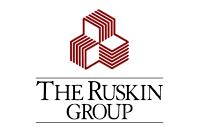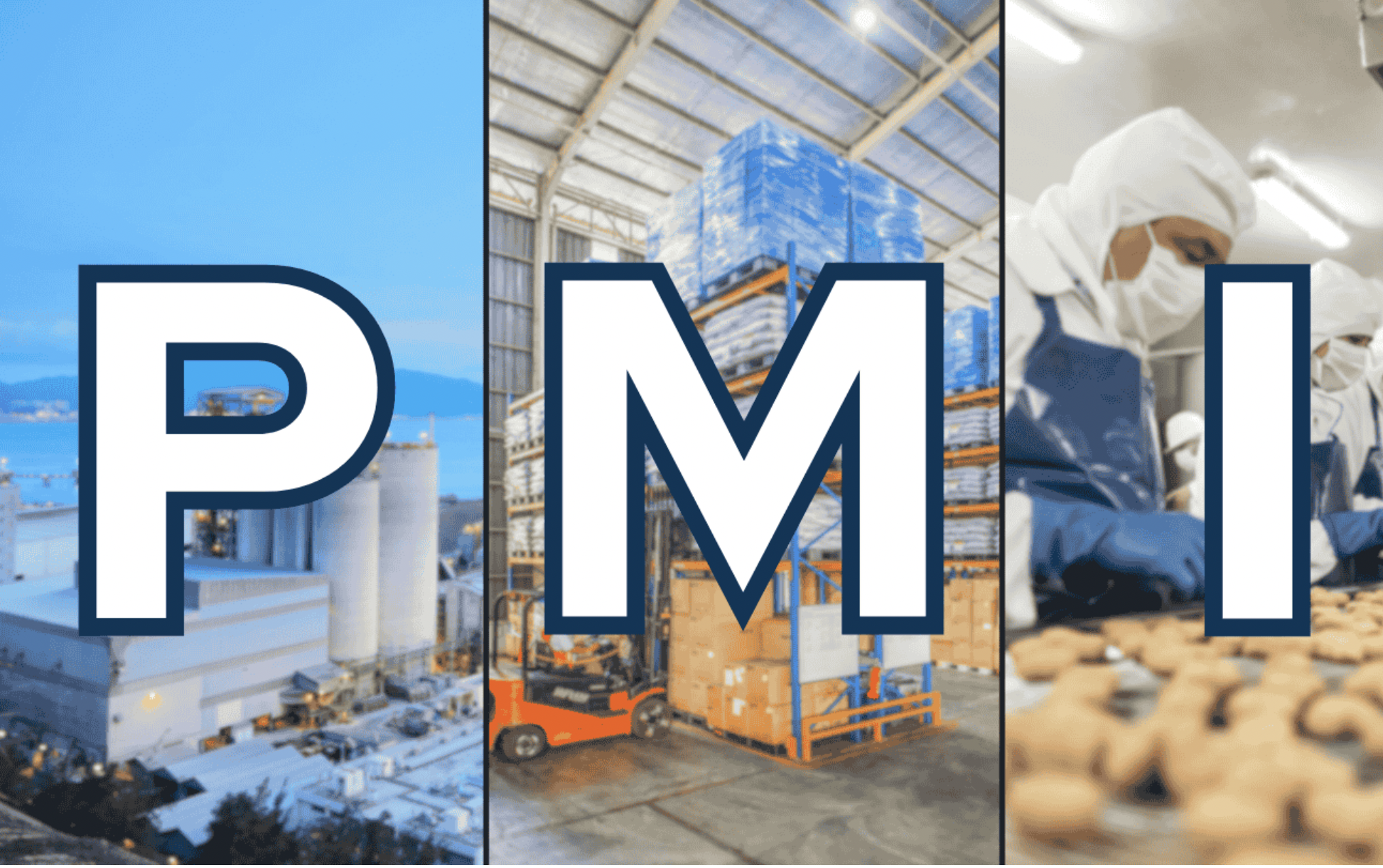
Economic activity in the manufacturing sector expanded in January after 26 consecutive months of contraction, say the nation’s supply executives in the latest Manufacturing ISM Report On Business.
The report was issued earlier this month by Timothy R. Fiore, CPSM, C.P.M., Chair of the Institute for Supply Management’s Manufacturing Business Survey Committee:
“The Manufacturing PMI registered 50.9 percent in January, 1.7 percentage points higher compared to the seasonally adjusted 49.2 percent recorded in December. The overall economy continued in expansion for the 57th month after one month of contraction in April 2020. (A Manufacturing PMI above 42.3 percent, over a period of time, generally indicates an expansion of the overall economy.) The New Orders Index was in expansion territory for the third month after seven months of contraction, strengthening again to a reading of 55.1 percent, 3 percentage points higher than the seasonally adjusted 52.1 percent recorded in December. The January reading of the Production Index (52.5 percent) is 2.6 percentage points higher than December’s seasonally adjusted figure of 49.9 percent. The index returned to expansion after eight months in contraction. The Prices Index continued in expansion (or increasing) territory, registering 54.9 percent, up 2.4 percentage points compared to the reading of 52.5 percent in December. The Backlog of Orders Index registered 44.9 percent, down 1 percentage point compared to the 45.9 percent recorded in December. The Employment Index registered 50.3 percent, up 4.9 percentage points from December’s seasonally adjusted figure of 45.4 percent.
“The Supplier Deliveries Index indicated marginally slower deliveries, registering 50.9 percent, 0.8 percentage point higher than the 50.1 percent recorded in December. (Supplier Deliveries is the only ISM Report On Business index that is inversed; a reading of above 50 percent indicates slower deliveries, which is typical as the economy improves and customer demand increases.) The Inventories Index registered 45.9 percent, down 2.5 percentage points compared to December’s seasonally adjusted reading of 48.4 percent.
“The New Export Orders Index reading of 52.4 percent is 2.4 percentage points higher than the ‘unchanged’ reading of 50 percent registered in December. The Imports Index returned to expansion in January, registering 51.1 percent, 1.4 percentage points higher than December’s reading of 49.7 percent.”
“U.S. manufacturing activity expanded in January after 26 consecutive months of contraction. Demand clearly improved, while output expanded and inputs remained accommodative. Demand improvement includes: the (1) New Orders Index moving further into expansion territory, (2) New Export Orders Index moving back into expansion, (3) Backlog of Orders Index dropping slightly and continuing in contraction, and (4) Customers’ Inventories Index remaining in ‘too low’ territory. Output (measured by the Production and Employment indexes) was positive, as factory output improved compared to December, indicating that panelists’ companies are proceeding with growth plans. Employment was stable as final head-count adjustments were made, in many cases among the white-collar workforces. Inputs—defined as supplier deliveries, inventories, prices and imports—generally continued to accommodate future demand growth, with inventories declining, but imports returning to expansion, prices increasing and supplier deliveries marginally slowing.
“Demand and production improved; and employment expanded. However, staff reductions continued with many companies, but at weaker rates. Prices growth was moderate, indicating that further growth will put additional pressure on prices. As predicted, maintaining a slower rate of price increases as demand returns will be a major challenge for 2025. Forty-three percent of manufacturing gross domestic product (GDP) contracted in January, down from 52 percent in December. The share of manufacturing sector GDP registering a composite PMI calculation at or below 45 percent was 8 percent in January, a dramatic 41 percentage point improvement compared to the 49 percent reported in December,” says Fiore.
https://boardconvertingnews.com/manufacturing-pmi-grows-in-january-after-26-consecutive-months/
Comments are closed.

